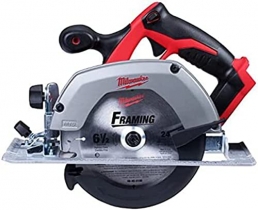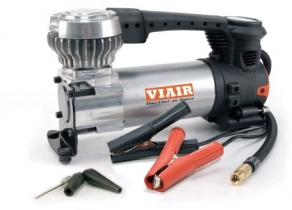-
Welcome to Tacoma World!
You are currently viewing as a guest! To get full-access, you need to register for a FREE account.
As a registered member, you’ll be able to:- Participate in all Tacoma discussion topics
- Communicate privately with other Tacoma owners from around the world
- Post your own photos in our Members Gallery
- Access all special features of the site
Welding and Electrical Concerns
Discussion in 'Technical Chat' started by Arrowshot, Feb 19, 2017.


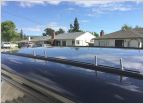 Roof Basket on Camper Shell Easy Install
Roof Basket on Camper Shell Easy Install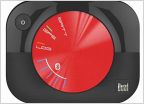 Best GPS for trip out west
Best GPS for trip out west VIBRATION DIAGNOSTICS FOR ALL TACOMAS (WRITE UP )
VIBRATION DIAGNOSTICS FOR ALL TACOMAS (WRITE UP )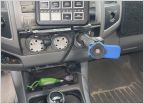 Wire fridge to SPod or to aux battery?
Wire fridge to SPod or to aux battery?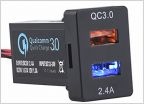 Constant power usb port
Constant power usb port








